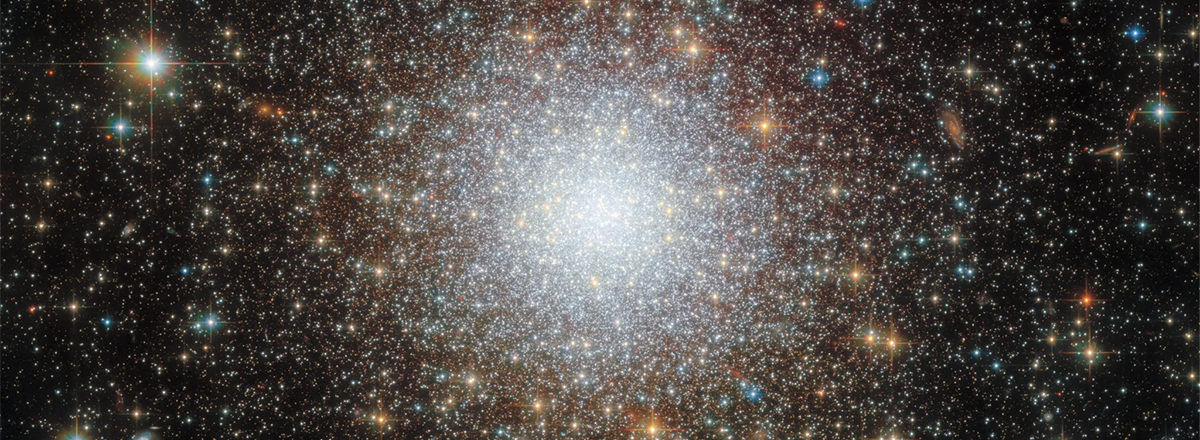Hubble Telescope Captures a Stunning Image of a 'Snowball' of Stars
Situated approximately 158,000 light-years from Earth, NGC 2210 is believed to be around 11.6 billion years old, making it one of the more youthful globular clusters within the LMC.

The Hubble Space Telescope has gifted the world with a breathtaking image of a tightly-knit cluster of stars that bears an uncanny resemblance to a celestial snowball. This radiant spectacle is the globular cluster NGC 2210, located within the Large Magellanic Cloud (LMC), a satellite galaxy of the Milky Way.
Situated approximately 158,000 light-years from Earth, NGC 2210 is believed to be around 11.6 billion years old, making it one of the more youthful globular clusters within the LMC. To put this in perspective, NGC 2210 is only about 2.2 billion years younger than the universe itself. Astronomers first spotted this cluster during a 2017 research campaign, utilizing data that contributed to the image we admire today.
Globular clusters like NGC 2210 consist of thousands to millions of stars that are incredibly stable due to their strong gravitational binding. This stability allows them to endure for extensive periods, making them ideal subjects for investigating ancient populations of stars.
What makes NGC 2210 even more captivating to astronomers is its age similarity to globular clusters within the Milky Way's halo. The discovery that NGC 2210 and other LMC globular clusters share ages with those in the Milky Way is particularly intriguing because these two galaxies formed independently.

